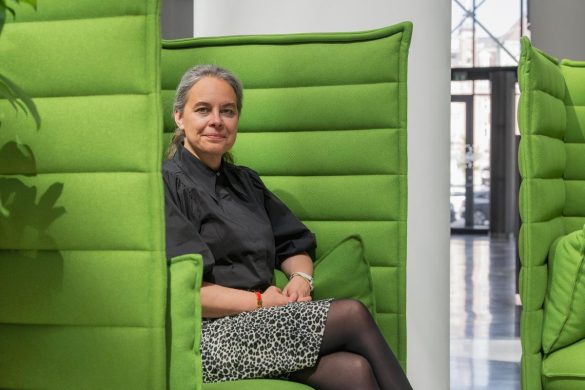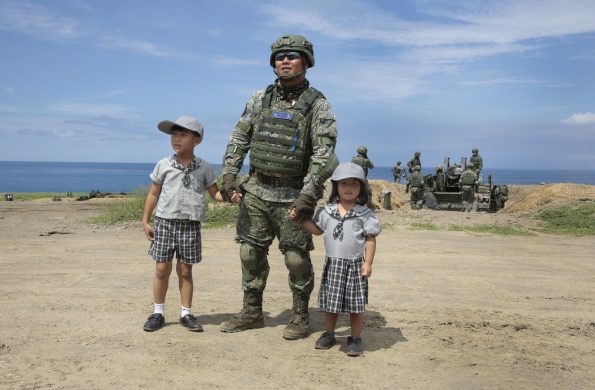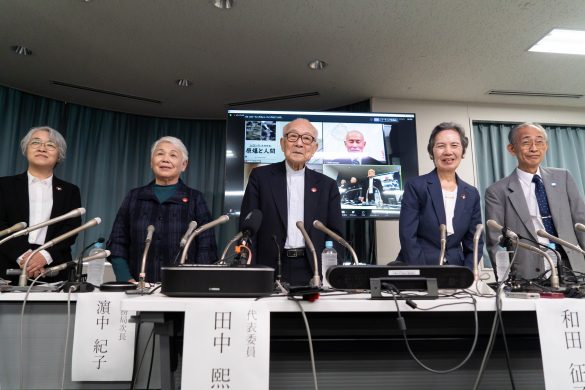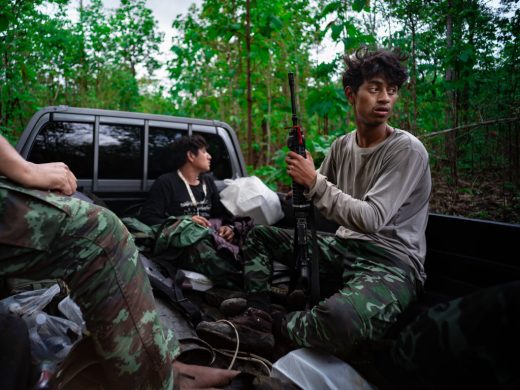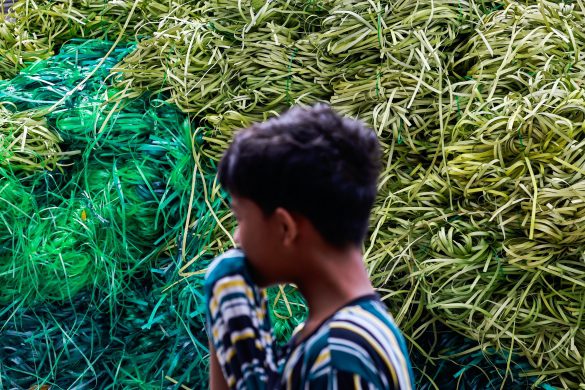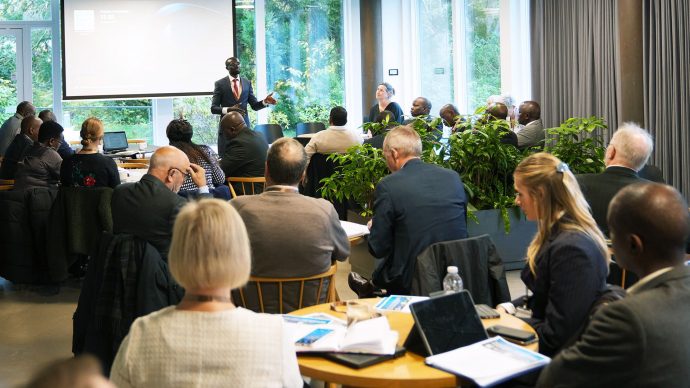FN-betegnelsen “mindst udviklede lande” (LDC) dækker over nogle af verdens mest udsatte nationer og blandt dem findes en særlig kategori over de lande, der ikke har adgang til havet og som trækkes med alle mulige problemer oveni.
VIENTIANE, 6 March 2013 (UN News Service): United Nations representatives and senior government officials from landlocked developing countries (LLDCs) in Europe, Asia and the Pacific are meeting in Vientiane, Laos, to discuss how to fully participate in global trade and overcome isolation from world markets and other socio-economic consequences of not having access to a sea.
A recently launched ESCAP-World Bank trade cost database shows that trade costs of LLDCs are still extremely high, typically four to seven times higher than those of most other middle-income developing countries in Asia largely due to constraints they face due to their lack of access to sea.
“The challenge before many LLDCs is to secure a sustained positive economic growth that delivers decent jobs and enables countries to make significant strides towards poverty reduction and broad based sustainable development,” said the High Representative for the Least Developed Countries (LDCs), LLDCs and Small Island Developing States, Gyan Chandra Acharya.
The three-day conference, which started today, features representatives from 12 LLDCs in Asia and the Pacific – Afghanistan, Armenia, Azerbaijan, Bhutan, Kazakhstan, Kyrgyzstan (Kirgisistan), Laos, Mongolia, Nepal, Tajikistan, Turkmenistan and Uzbekistan – and two in Europe – the Republic of Moldova and the former Yugoslav Republic of Macedonia.
Participants are conducting the final regional ten-year review of the Almaty Programme of Action, a framework for cooperation between the landlocked and the transit access developing countries – nations that have often been at odds due to their geographic configuration.
The plan reinforces the right of all countries to enjoy secure access to the sea and establishes a set of policy guidelines for reducing red tape for landlocked country exports, while also respecting the prerogatives of the access nations.
It also sets the stage for strengthened national economies and greater convergence of national interests by cementing international and national commitment to upgrade rail, road, air and pipeline infrastructure in both the landlocked and the access countries.
“Despite many challenges faced by LLDCs, I am optimistic. With the support and cooperation of transit countries and international community at large, LLDCs of the region not only can realize their full development potential, but can also play an important role as landbridges,” the Executive Secretary of the UN Economic and Social Commission for Asia and the Pacific (ESCAP), Noeleen Heyzer, said.
The meeting seeks to identify policy recommendations and actions in four priority areas – transit policy issues; infrastructure development and maintenance; trade facilitation and market access; and international support measures.
The decisions will be discussed at a meeting later this month, and then at the Ten-Year Review Conference of the Almaty Programme of Action in 2014.
In addition, the ideas presented this week are likely to guide priorities for the global development agenda beyond 2015, the deadline for achieving the anti-poverty targets known as the Millennium Development Goals (MDGs).
Discussions this week are expected to include upgrades to the Asian Highway and the Trans-Asian Railway networks to better connect ports.
Also up for discussion is membership to the World Trade Organization (WTO). In the past decade, only four LLDCs became members of WTO, with six others currently undergoing the process.


